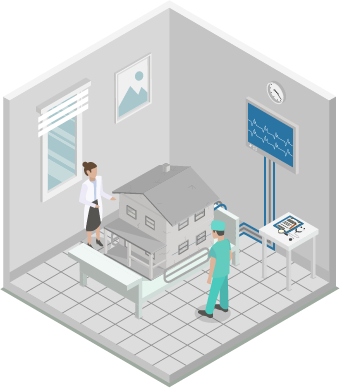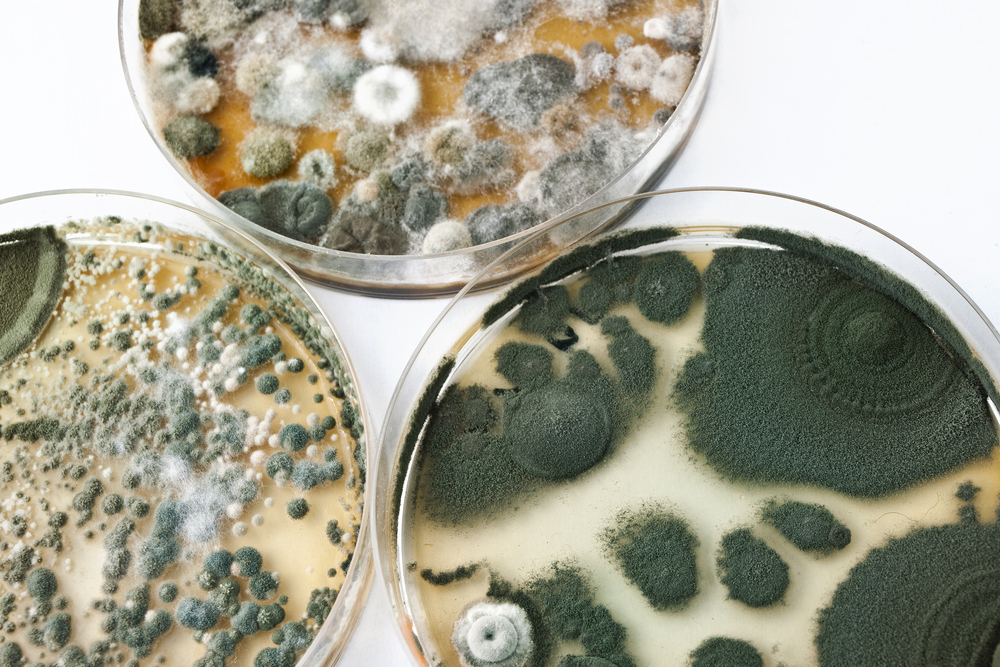We’re tackling another mold misconception — this time around mold testing!
There are thousands of blogs, articles, and advertisements online insisting that the only way to know if you have a “mold problem” is to “test, test, and test again.” They will also have you believe that you cannot do anything about the mold until you know what kind of mold you have, and how serious it is.
Here is our take on mold testing – skip it as a first step and test for moisture instead! For one fact-based reason: there is no single test for mold. There are many different methods each producing different results. With an almost infinite combination of what you can sample (live spores, dead spores, fragments), where you can sample (air, dust, surfaces), how you can sample (bulk, tape, swab, etc), how you can culture, how you can analyze, and more, without a highly skilled practitioner to develop an adequate sampling plan, you are likely to get misleading, confusing, and useless results.
As a result, you can “miss” a big problem or create an issue where one doesn’t really exist. We’ll go into the details of mold testing later, but for now – here is one pretty foolproof method that will save you time and money:
If you can see what looks like mold growth then you just need to remove it by carefully wiping the surface clean with a damp cloth and a mild, non-fragranced cleaning agent. If you smell a musty odor, but don’t see visible mold you need to find the source and either clean or remove it.
Waiting for proof that it is mold provides no benefit and actually increases risk because the time needed for testing allows the mold to continue growing. So save the cost of testing and remove the suspected mold growth as soon as you notice it. You’ll help your health and keep building materials from being damaged.
If there is massive visible growth then there is massive water damage. You need a skilled practitioner to identify the full path of the water flow and/or accumulation and to determine which materials can be cleaned and which need to be replaced. No mold testing can answer those questions. A visual inspection is almost always completely sufficient.
If you want to test for something, test for what causes mold in the first place: moisture.
Mold will not – cannot – grow unless there is sufficient moisture for a sufficient time. Mold spores only germinate in the damp spot, and only if it stays damp for anywhere from 2-3 days to as long 2 weeks for Stachybotrys, for example. Also, mold is not the only hazard that can come from dampness. Bacteria flourish in damp conditions. Insects and rodents are drawn to long-term dampness. Chemicals (VOCs) are released from damp or damaged materials. Mold tests cannot detect any of these other pollutants. Testing only for mold will give a false impression that the other risks don’t exist. Finding and eliminating all possible sources of ongoing moisture is your best solution for solving the problem.
In the end, history of leaks, measurements of moisture, and your own sense of smell are more accurate and worthwhile than testing.
Learn more about the complexities of mold testing here.
Hayward Score can help you discover what may be going on in your home in minutes! Learn how moisture in your house could be impacting your health (in addition to growing mold! Simply answer a quick set of questions about your home developed by our healthy home experts, then get a personalized list of action items designed to help you address issues in your home.
Start transforming your home today! Get your Hayward Score now.
Hayward Score helps you discover how your home may be impacting your health in minutes – – for FREE!
Answer a quick set of questions then get a personalized list of action items. Transform your home and health today!

ARE YOU CONCERNED YOUR HOME IS MAKING YOU SICK?
Our guide on indoor quality will help you diagnose possible issues and implement intelligent solutions to improve the quality of the air inside your home.















